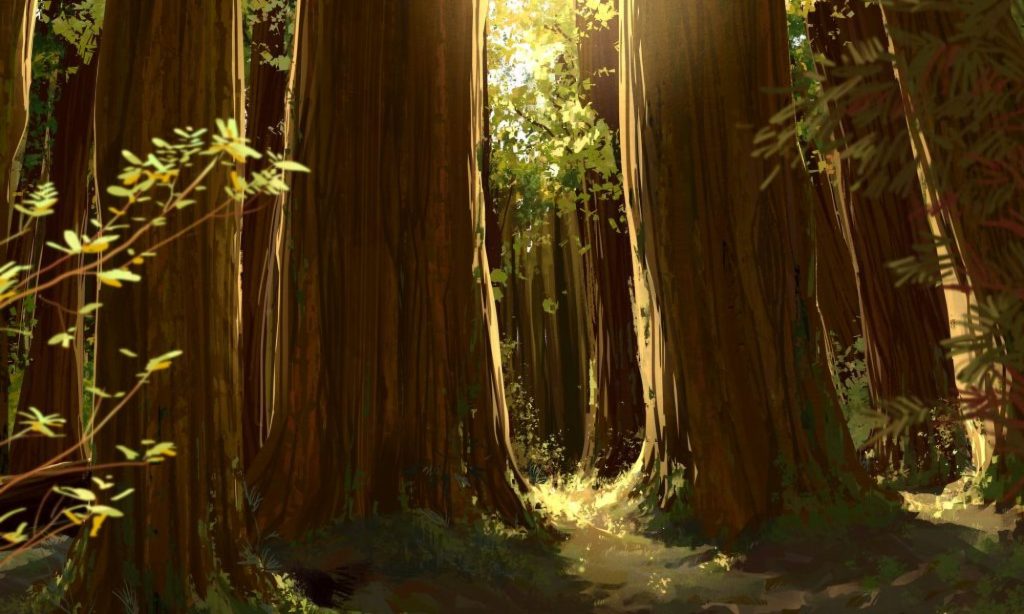Earlier in March this year, I’d written a blog entry1 about my journey as an animator till then because I’d misunderstood an assignment. However, looking back at it now in November with the experience I’ve gained since then is pretty interesting.
Since March, I have worked on two full-fledged animation projects. The London International Animation Festival Sting and the Term 3 short film in collaboration with the Writing students. During this time, I’ve come to realise that I’m not scared to be an animator. I’ve been scared of the lack of resources and guidance. I’ve been enjoying working on all different parts of the animation process from the pre-production to the production to post-production. Though I still heavily lean towards pre-production and visual development, I’d like to explore three different roles within the industry that I’d like to try out in the future. Starting with being a writer.
Being a writer for animation I think requires a certain level of creativity and understanding of the medium. While I’ve daddled a little in it over the years, I wanted to understand what exactly it would be like professionally. I’ve only ever had to guide myself with the instructions on a script, but what does it take to guide a team? To get a group of creatives to be on the same page as you with no visuals to provide. In an interview with Lisa Granshaw, writer Jennifer Muro says, “Thinking visually, I think is a huge thing in animation. It’s so funny, writing live-action samples and stuff like that now, I think very visually when it comes to how I write my lines because you could do so much more sometimes that you couldn’t possibly do before in live-action, because it would be so expensive”.2
This stood out to me because the second point is one of the main reasons why I enjoy animation as a medium this much. Animation allows me to be as creative as I want to be without having to be wary of the limitations. Writing for animation feels almost like an empty playground with an unlimited stack of legos and absolutely no laws of physics to stop me from building whatever I want to. One example of writing for animation that has stayed with me since the first time I read it was the script for the leap of faith scene from Spider-Man: Into the Spider-Verse.3 It goes as such:

“Miles isn’t falling through the frame. He’s RISING” is something I think about every time I watch the film and someday I’d like to be given the chance to write something like this. Something that makes a difference to the animation even when the viewer doesn’t know it.
Continue to the next article
